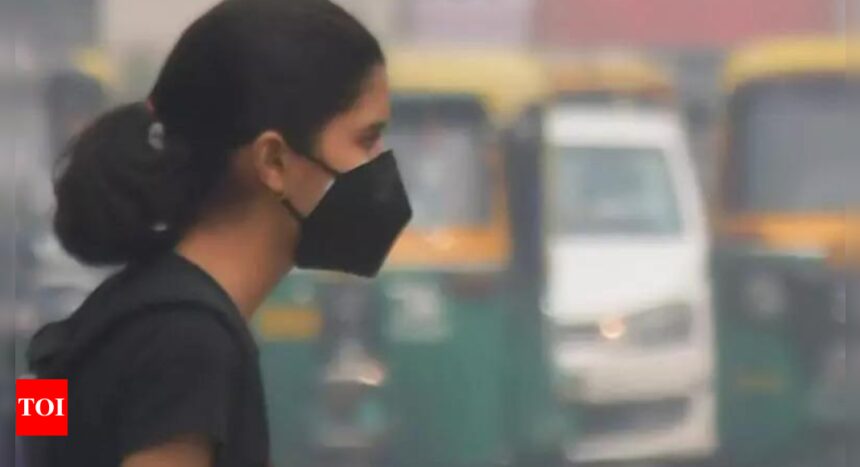NEW DELHI: A committee from the central government overseeing air quality in Delhi-NCR has lifted the Stage 2 restrictions under the Graded Response Action Plan (GRAP), due to a decline in pollution levels attributed to favorable weather conditions. As of 4 PM, the 24-hour average air quality index (AQI) for Delhi was recorded at 186, significantly below the 300 threshold that triggers Stage 2 measures.
In a statement regarding the case of MC Mehta Vs. Union of India & Ors. dated December 5, 2024, the Supreme Court highlighted, "…we must record that if the Commission determines that the AQI exceeds 350, Stage-III measures must be immediately put into effect as a precautionary measure. Should the AQI surpass 400 on any given day, Stage-IV measures will be reinstated…"
According to predictions from the India Meteorological Department and the Indian Institute of Tropical Meteorology, the AQI is anticipated to remain within the moderate to poor categories.
The Commission for Air Quality Management in NCR and surrounding regions indicates that the improvement in air quality is due to elevated mixing height, a better ventilation coefficient, and conditions conducive to the dispersal of pollutants.
With the withdrawal of Stage 2 restrictions, interstate buses from NCR areas are now permitted to enter Delhi. The GRAP framework for the Delhi-NCR area, which is enforced during the winter months, categorizes air quality into four stages: Stage I (Poor, AQI 201-300), Stage II (Very Poor, AQI 301-400), Stage III (Severe, AQI 401-450), and Stage IV (Severe Plus, AQI above 450).
Several factors such as adverse weather conditions, vehicular emissions, stubble burning, firework pollution, and various local pollution sources contribute to hazardous air quality levels in the Delhi-NCR region during the winter season.










